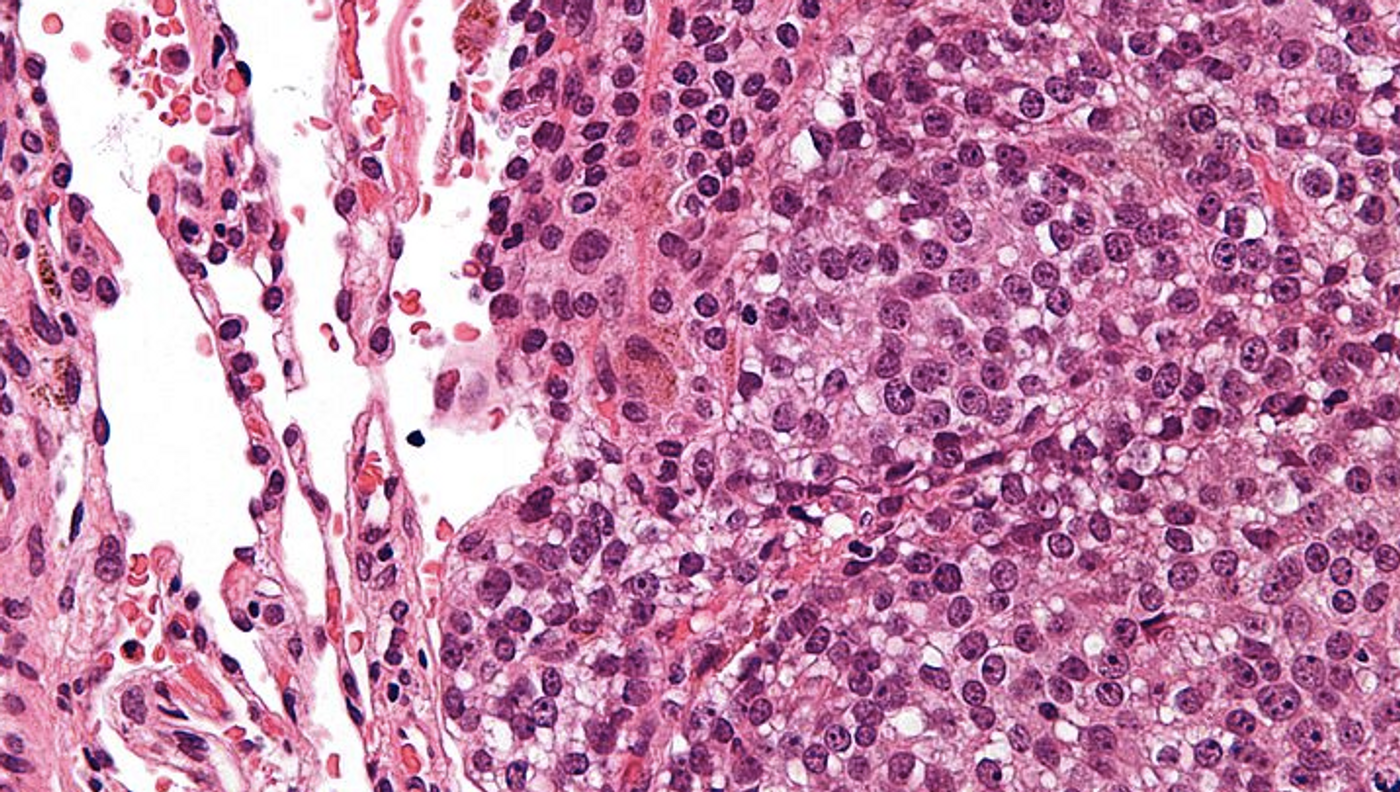Genetic Changes can Help Diagnose Childhood Cancers Far Earlier
Recent research has revealed new ways to diagnose bone cancer in children. Scientists at Wellcome Sanger Institute and Hospital for Sick Children (SickKids), Canada discovered large rearrangements that happen in the genome years before the growth of cancers affecting kids, like Ewing sarcomas. This work provides insight into how those cancers develop and could provide a new way to identify those cancers sooner - potentially limiting their severity. This work, which was reported in Science, showed that when complex genetic rearrangements accompany cancer, it is more aggressive.
"In principle, this study provides evidence that Ewing sarcoma could be detectable earlier, possibly even before it reveals itself as disease. If we could detect these childhood cancers sooner, when tumors are smaller, they would be much easier to treat. Further research is needed, but this possibility of finding a way to diagnose Ewing sarcomas earlier could help patients in the future,” said a co-lead author of the study, Dr. Sam Behjati of Wellcome Sanger Institute and University of Cambridge Department of Pediatrics.
Cancer is a genetic disease; although many different things can cause it, the effects are mediated through cancer genes or proto-oncogenes. The researchers found that in Ewing sarcoma, a rare cancer impacting the bone or soft tissues of young people, two genes: EWSR1 and ETS, become fused together. After assessing 124 tumor samples, they found that out half the time, complex loops were formed during an intricate rearrangement.
"Many childhood sarcomas are driven by gene fusions; however until now, we have not known how or when these key events occur, or whether these processes change at relapse. We found dramatic early chromosomal shattering in 42 percent of Ewing sarcomas, not only fusing two critical genes together but also disrupting a number of important areas,” said co-lead author Dr. Adam Shlien, Associate Director of Translational Genetics and Scientist in Genetics & Genome Biology.
The current treatment for Ewings sarcoma has not changed for the past four decades. Affected bone is surgically removed, and chemotherapy is applied. It had been thought that this was a cancer that proliferated quickly, but the work shows that genetic rearrangements can precede the growth of cancer by many years. This presents an intriguing opportunity for early screening. It will also help doctors decide on the best treatment for their patient.
"As an increasing and diverse number of tumor genome sequences become available, we may be able to define further rearrangement processes that underlie fusion genes and thus unravel the causes of fusion-driven human cancers. Our goal is to better understand these cancers in an attempt to improve treatment and outcomes,” noted co-lead author Dr. David Malkin, Staff Oncologist, Scientist and co-Director of the SickKids Cancer Sequencing (KiCS) program.
You can hear more about Ewing sarcoma from the video above, from Mayo Clinic.
Sources: AAAS/Eurekalert! Via Wellcome Trust Sanger Institute, Science









